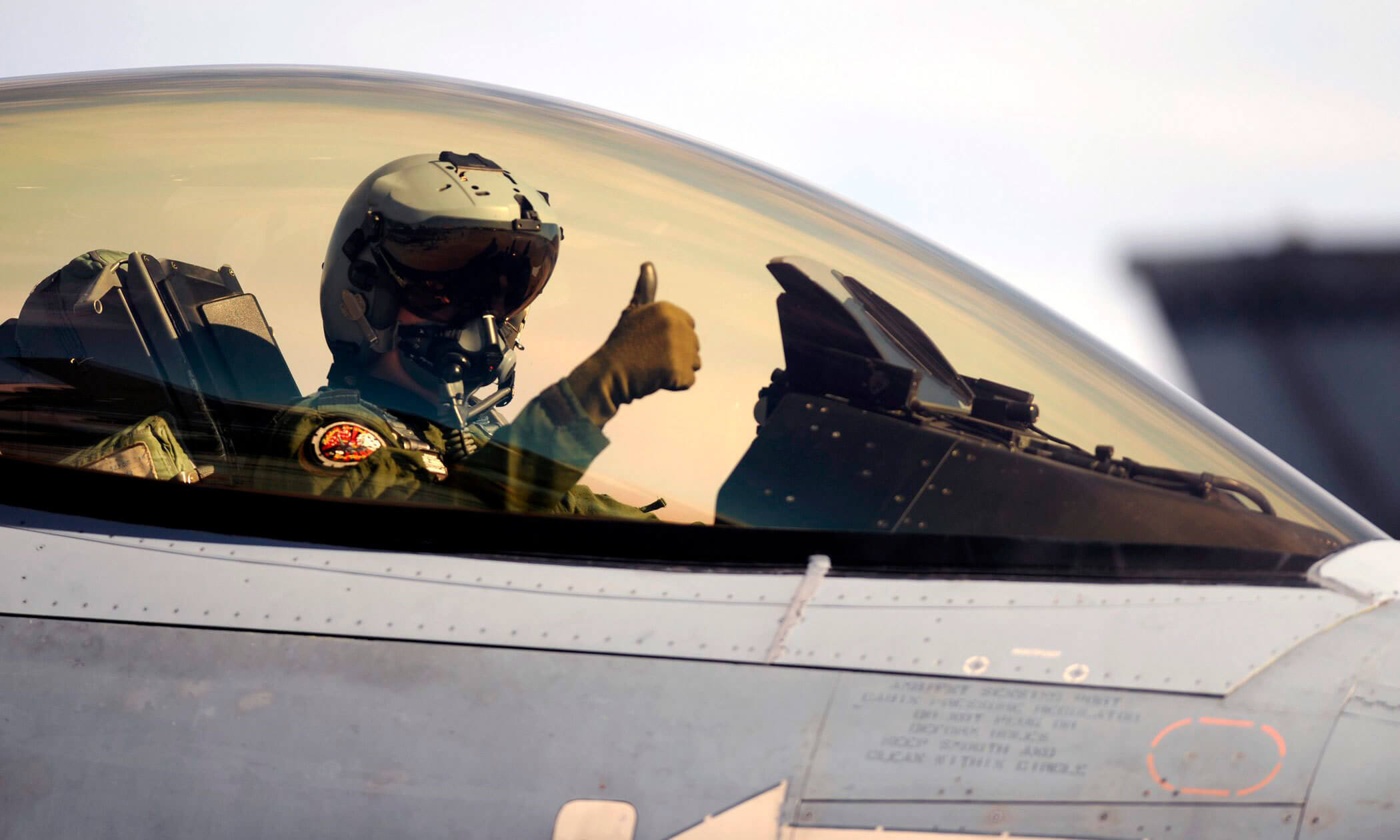Do you copy? Over.
In addition to our day jobs as brand communication designers, and beyond our work to build and establish a youth athletic development tracking software company (and a few other things I can’t go into right now), in our spare time my partners and I run an annual design conference.
Cusp Conference is a two-day event that features 25+ speakers who make their way to Chicago from all over the globe to talk about ‘the design of everything.’ We’re ramping up for the 10th annual iteration of it this coming September, and while certain aspects of Cusp have become notably easier over time, one has not.
As the lead speaker-wrangler for the conference, my job is to identify, connect with, and entice Cusp-worthy people (that’s the decidedly unscientific phrase we use to describe those we feel best fit the central concept of the conference) to join us as presenters. The ‘identifying’ and ‘enticing’ parts are relatively easy.
It’s the ‘connecting with’ part that’s a bit of a challenge.
The (dis)connected world.
Despite the sheer number of ways in which so many of us now make ourselves available to the world — websites, email, Twitter, Facebook, LinkedIn, Instagram, MySpace (believe it or not, people still use MySpace!), SnapChat, and yes, even actual phones — it has become increasingly difficult to connect with anyone. And weirdly, it seems the more means of connection someone appears to offer, the harder it actually is to connect with them.
My own personal communication hell now includes (in addition to numerous email, Twitter and Facebook accounts) Slack, Basecamp, LinkedIn, WeTransfer, Box, DropBox, Google Docs, Skype, Pivotal Tracker, Viber, Google Hangouts, Go-to-Meeting, Zoom, FaceTime, and actual physical mail.
It really does seem like when it comes to ‘efficient’ communication we’ve reached peak crazy.
Too much help is not helpful.
The situation reminds me of an interview I once read with a Vietnam-era fighter pilot who’d also flown in both WW2 and Korea. Apparently when combat aircraft designers began to employ early electronic threat warning systems, experienced pilots like him who’d ‘grown up’ flying analog aircraft were so annoyed by the almost continuous buzzing and beeping of false-alarm prone systems that they simply shut them off. They felt that rather than helping them, the new systems instead distracted them from the job at hand — actually flying the aircraft.
Though most of us are not facing the same kinds of threats as combat pilots — instead of dodging SAM missiles we’re dodging spam missiles — is this really the world we wanted?
Maybe you do the same, but these days, when I really need to get something accomplished, I get myself to a place where I can shut off all of my own various ‘threat warning’ systems so I can focus on doing what I need to do, like write a blog post to blast out to the world via email, Twitter, Facebook, LinkedIn, etc., etc., in an effort to make a connection with y’all.
We are SO messed up.
Copy that. Over.
There are people working hard right now to create new technologies (ahhhhhh!!!) that will hopefully solve the over-connectedness problem for us, but until they crack that code, it seems to me we’ve got to play the hand we dealt ourselves.
So call me weird, but I make sure I comb through every single message I receive. Because when I tell the world it can reach me via electronic communication, that’s the promise I’m making. And I’m not going to miss a meaningful signal just because it might be accompanied by a little too much noise.
